
Nice Genes!
Author: Genome BC
Subscribed: 7,306Played: 51,013Description
From healthcare and biotechnology to forests and fisheries, the evolving study of genomics is leading to some of the most exciting and world-changing discoveries in science and medicine. Like – did you know that your individual genomic signature can help determine the healthcare treatment you receive? Or that mapping the genomes of trees can inform forest management?
But while the study of genomics holds great promise for the health of people, animals, and the environment, it also confronts us with big questions: How do we study genetic patterns in a way that respects sensitive genetic information, history, and equity? How do we use the power of genomic research to fight climate change? Save the salmon?
Join Dr. Kaylee Byers – a self-described “rat detective” and science communicator as she guides you through fascinating conversations about the what, the why, and the how of genomics.



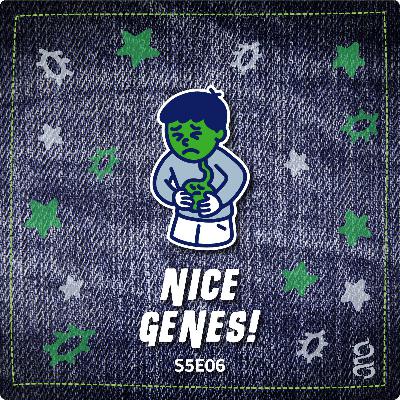
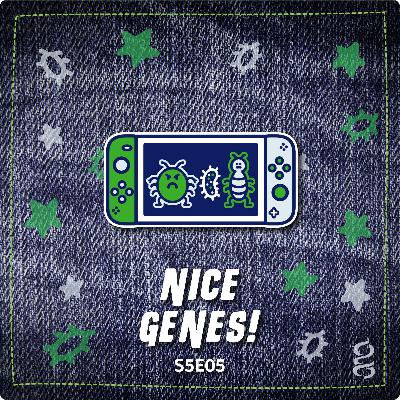
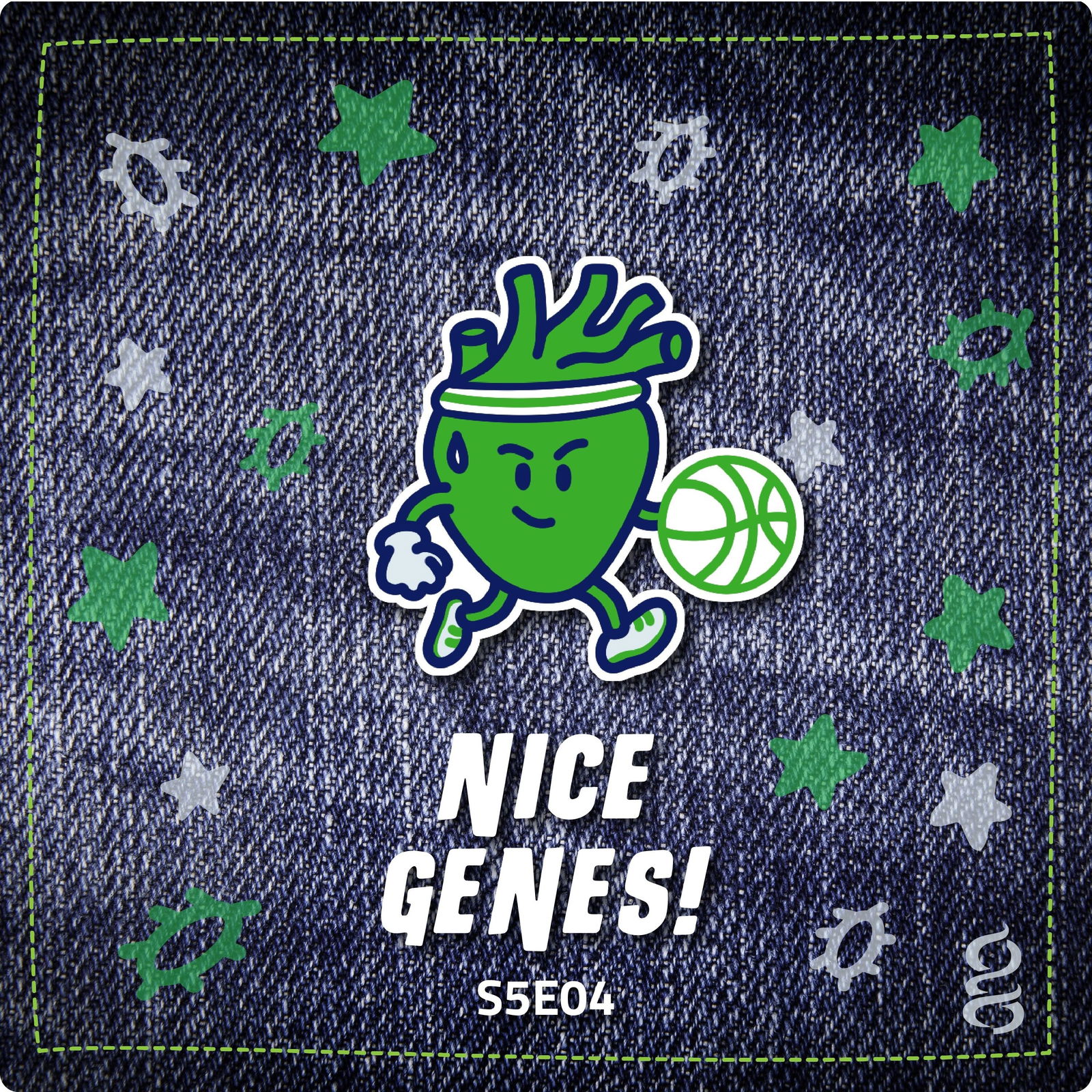
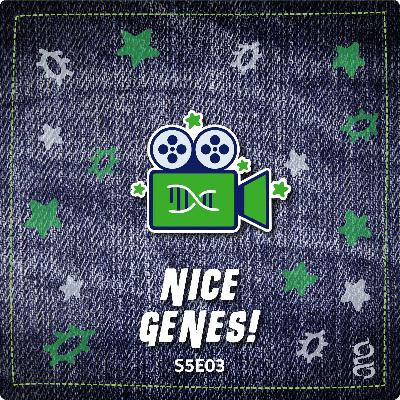
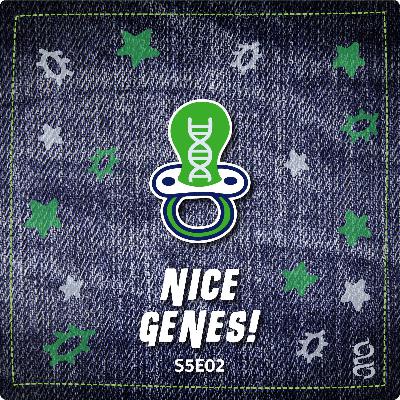
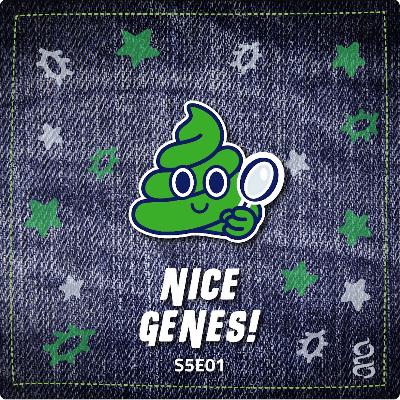
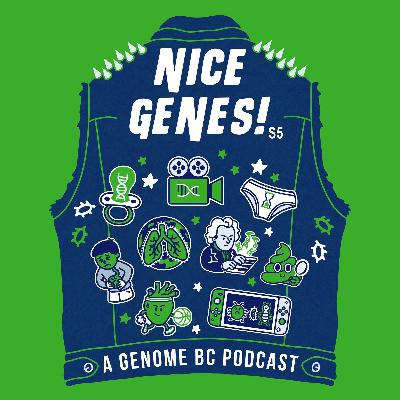
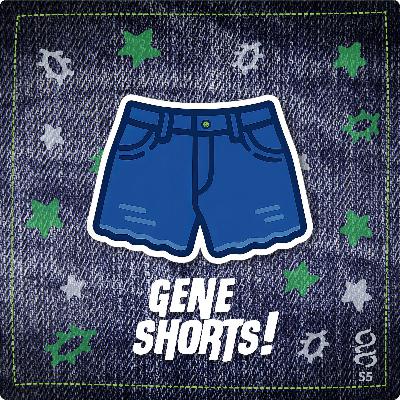

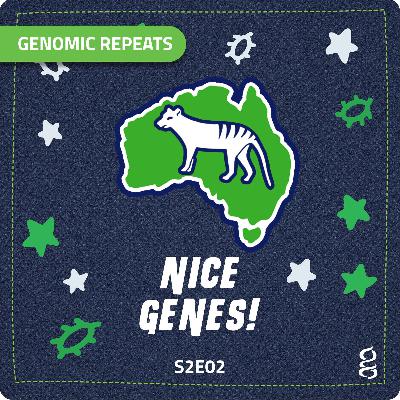


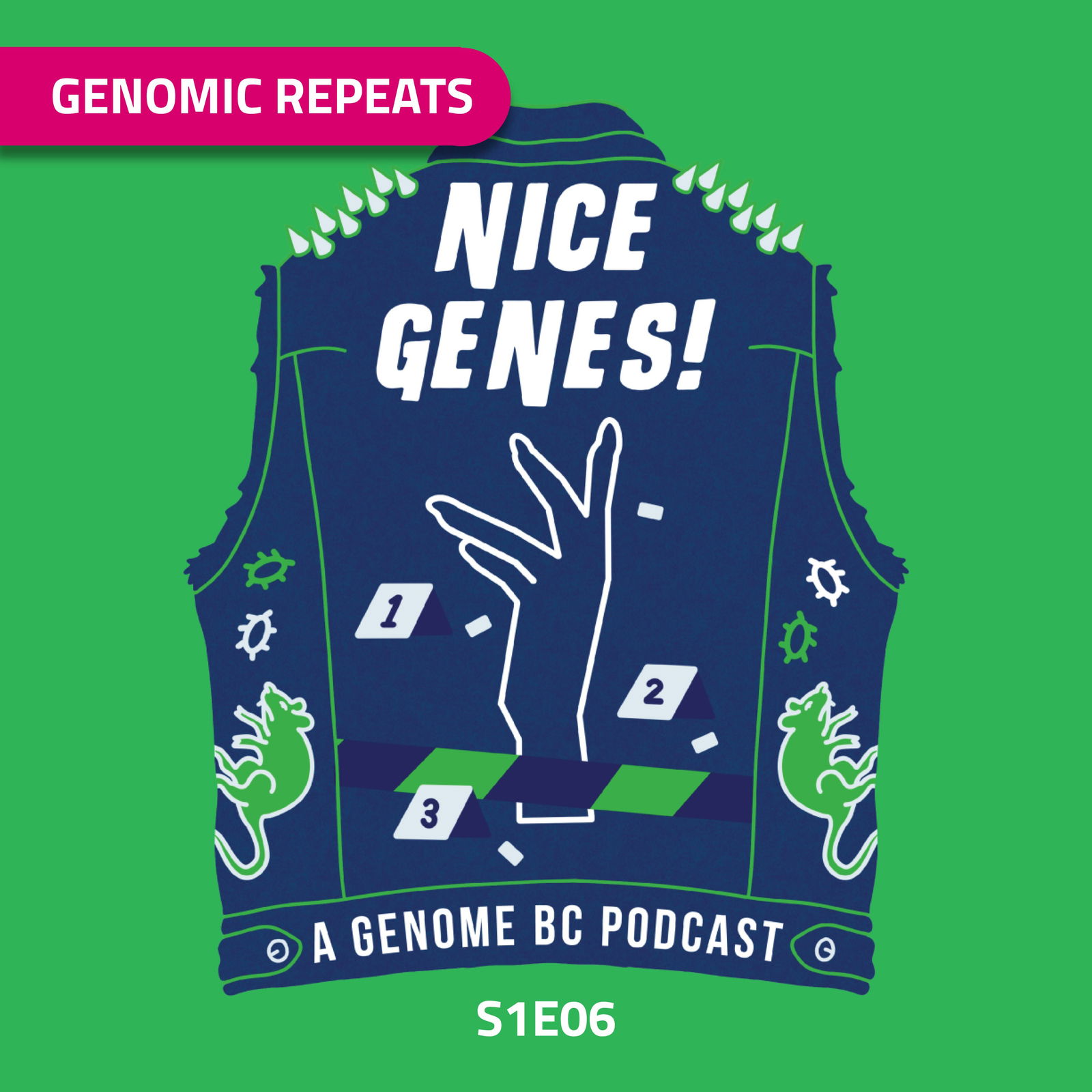





Hi everyone! I recently embarked on a journey to improve my hair and skin health through the lens of cosmetic clarity. Hair loss has been a significant concern for me, and finding effective solutions felt overwhelming. One resource that truly stood out was Article https://www.disy-magazin.de/unsere-magazine/koerper-und-psyche/haarausfall-waehrend-und-nach-der-schwangerschaft/ , which provided practical tips for tackling hair loss. By incorporating a balanced diet, gentle hair products, and regular scalp care into my routine, I started to see noticeable improvements. Additionally, I learned the importance of consulting professionals to understand the root causes of such issues, which made a huge difference. Cosmetic clarity isn't just about external appearance; it’s about understanding what works for you individually. Have any of you explored similar approaches? I'd love to hear your thoughts and tips!
🔴💚CLICK HERE Full HD✅720p✅1080p✅4K💚WATCH💚ᗪOᗯᑎᒪOᗩᗪ LINK >👉https://co.fastmovies.org
that music underlayment made me puke